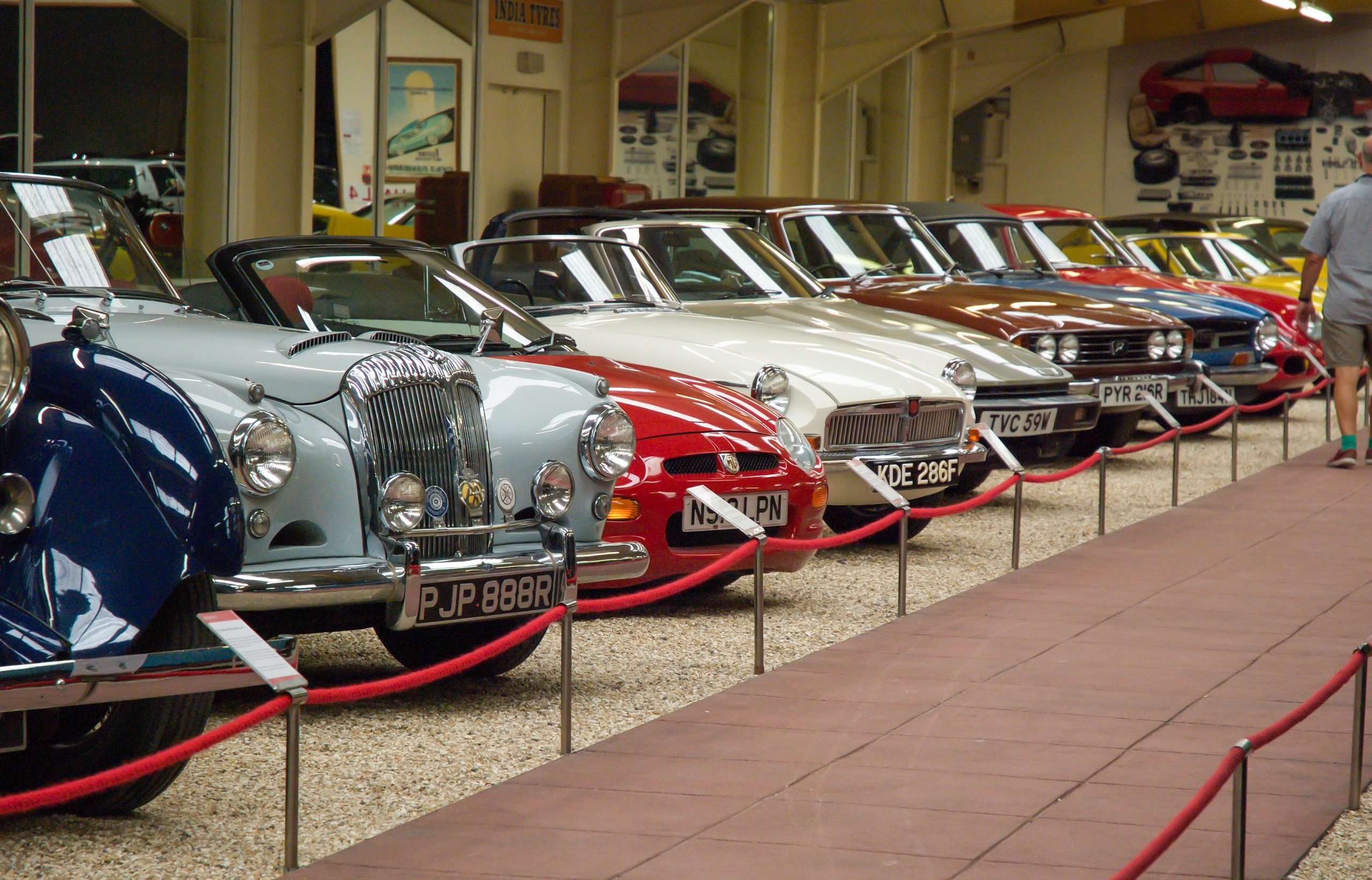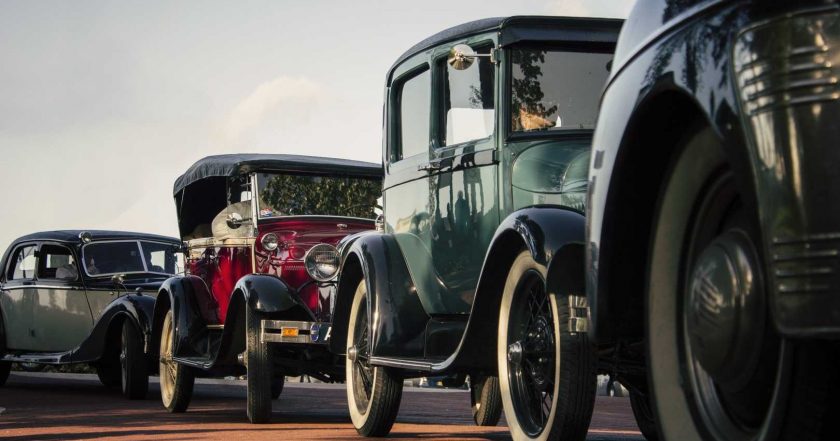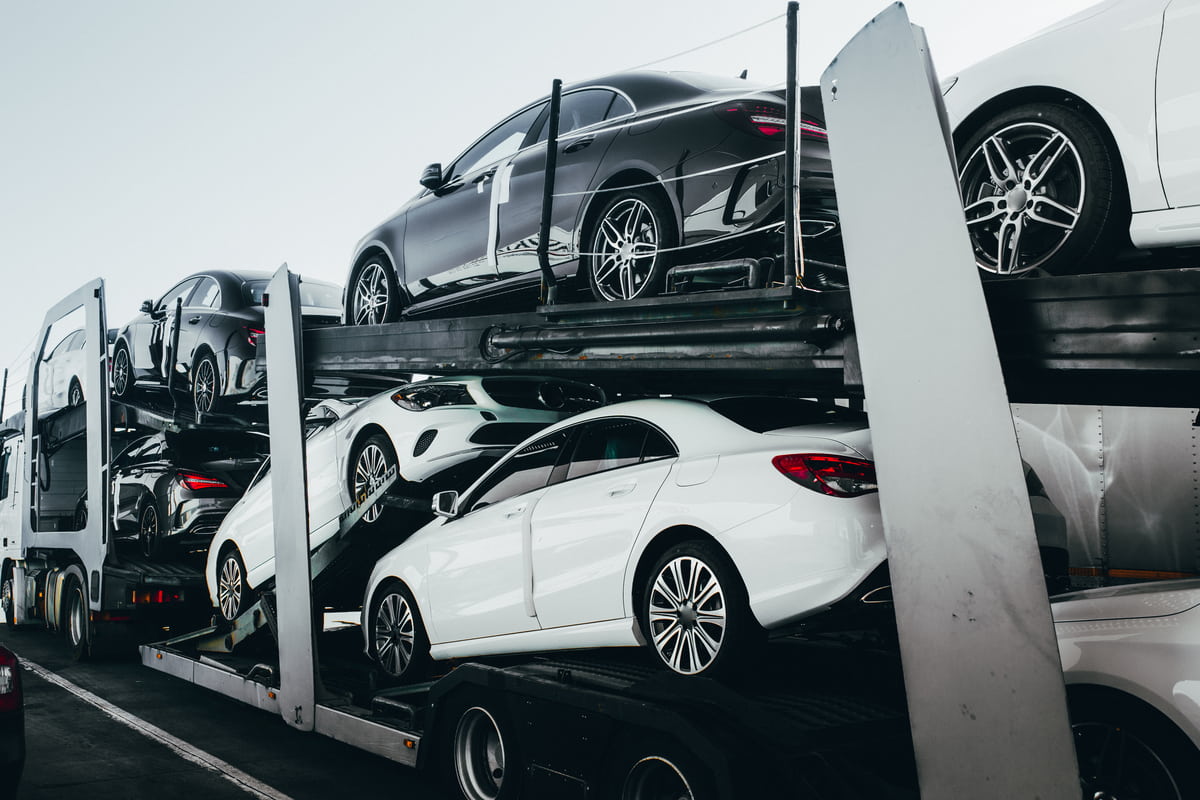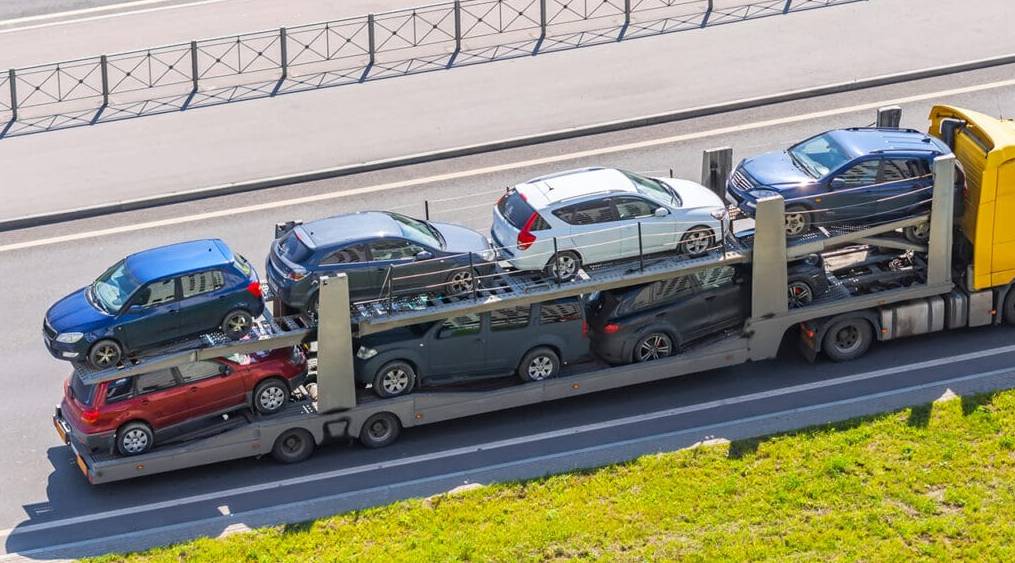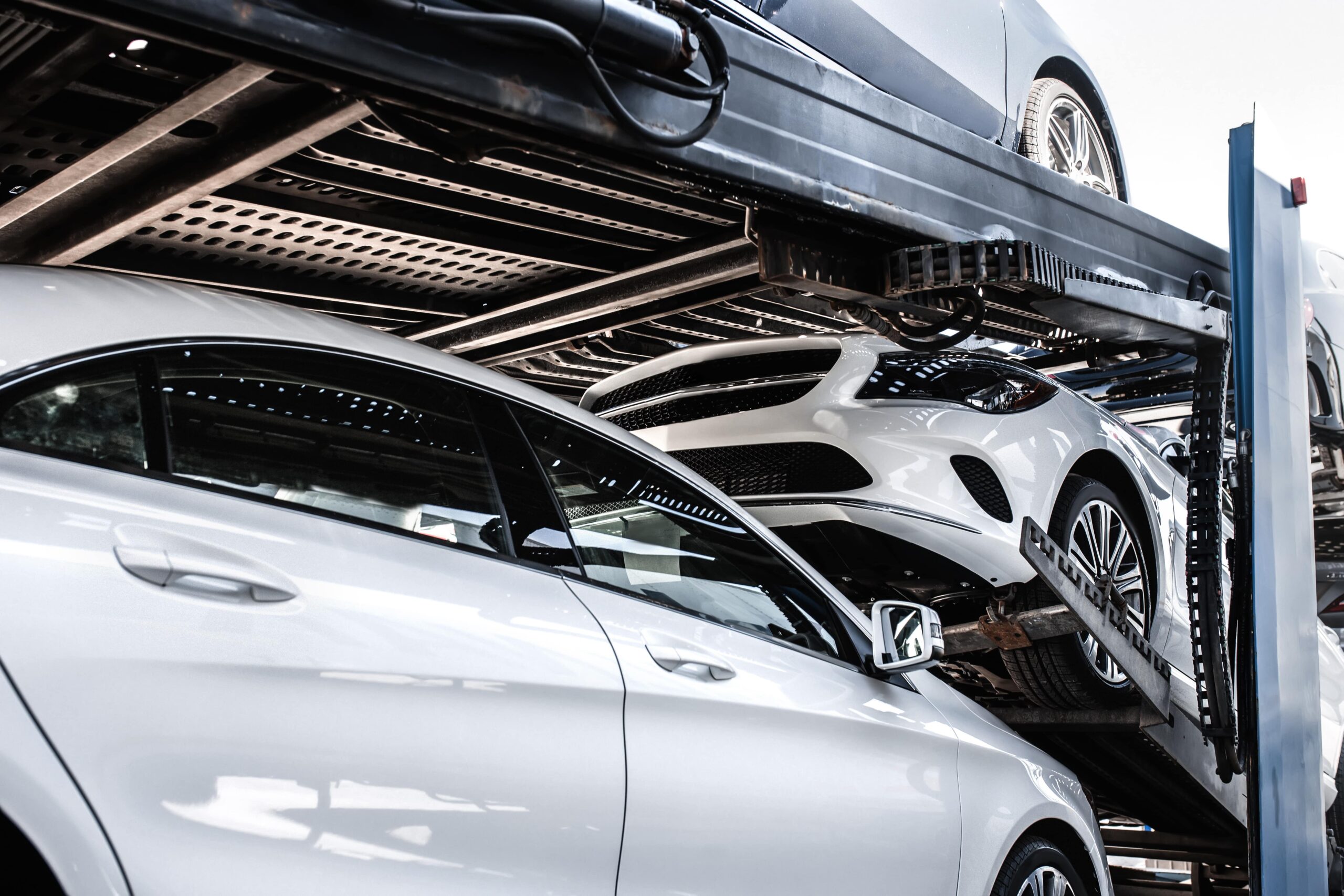The average cost of a new car was $1,510 in 1950 and by the end of the decade was $2,200. A car was only considered a method of transport; some could afford it, and some couldn’t. As for now, the same cars that used to cost a maximum of $2,200 have skyrocketed to more than $7,500.
They became antiques and masterpieces that only the affluent could own. This enormous rise is attributed to the rarity of these vehicles nowadays. The manufacturing companies either dissolved or stopped producing the old copies.
Many people have taken advantage of the uncommonness of vintage vehicles and started a business out of them. However, just like any investment, there’s a good side and another inconvenient one. So, here, we’ll spotlight some of the pros and cons of investing in classic cars.
Pros of Investing in Classic Cars
Classic and collectible cars have recently gained colossal acceptance, and motoring enthusiasts strive for classic car ownership. Consequently, an investment in such a field has emerged as a promising and encouraging one. Here are the top advantages:
Brings in huge profit
When someone owns a scarce item, and the manufacturer company isn’t willing to produce any more copies of it, that’s when the collectible car’s value rises. An investment in something unique and irreplaceable is an intelligent step.
The collectors obsessed with owning a vehicle that only ten or twenty human beings on the earth might possess are willing to pay as much as the price escalates. According to statistics, the international classic car market is expected to grow firmly from roughly $30.9 billion in 2020 to some $43.4 billion in 2024.” Not a small number; maybe it’s worth a shot!
Uniqueness
That golden era, where many classic cars belong, is when car designers weren’t following any rules by the government; they were free to be as creative and original as they pleased. So, the cars’ design, engine, and operating characteristics were nothing like the modern cars everyone drives nowadays. Classic and collectible cars are an industrial art, and the tasters of that art are many.
Manageable fees
Even though purchasing collectible cars, let alone investing in them, is a costly process, it also imposes fees, as with any investment. But in the case of collectible cars, there’s a solution to reduce some of the costs. (Read about Mistakes to Avoid When Buying a Classic Car)
Purchasing license plates for classic vehicles older than forty years will reimburse the fee. However, policies differ from one state to the other. So, you have to acknowledge your state’s restrictions to avoid more fines and taxes.
Cons of Investing in Classic Cars
Investing in collectible cars isn’t only about purchasing the vehicles and looking for buyers. Classic cars are fragile; they’ve been operating for more than thirty years. As a result, many risks come with such an investment. Here are the top disadvantages to keep in mind when you decide to invest in classic cars:
Limited and costly repairs
Because antique cars have been off the market for a long time ago, most mechanics have humble or even no experience repairing these kinds of vehicles. So, finding someone who knows how to deal with such unstable cars will be a challenging task.
In addition, these few experts know they’re the only ones qualified for such a job. So, they set very costly fees for any repair. Just like the experienced mechanics are rare, original replacement parts are too, especially if the car’s manufacturing company has long been out of business.
Waste risk
Many investors purchase many cars they think will become collectible one day. Some might get lucky, and their prediction comes to be correct. Others might have wasted their time and money in vain. In most cases, investors make the wrong prediction and spend a fortune on many classic and collectible cars that don’t trigger the interest of any collector. These investors will be spending a lot of money on repairs and maintenance processes for nothing. (Read about Future Classic Cars)
The need for storage facilities
Because your garage isn’t the most suitable residence for the collectible vehicles, and classic cars’ insurance policies are stringent, your classic cars should be accommodated in a storage facility.
But the scary part is that driving the car to the unit will be a massive threat to the weak body, engine, and painting, especially if the car isn’t fully prepared to function. However, some collectors contact a classic car transport company to get the job done safely; it’s a secure option, but the classic car shipping cost is high.
Professional companies like Tempus Logix offer various shipping options with different price plans. For example, an enclosed trailer will cost much more than an open one. Other services also affect the pricing, like the insurance policy, delivery service, and others.
In a Nutshell
Every investment has its pros and cons; collectible cars are no different. But vintage automobile investors should be cautious because it’s also risky and unpredictable, as profitable as this business might seem.
People’s tastes and the economic situations are constantly changing, and the items investors are betting on aren’t affordable. So, before getting into the field, research the pros and cons, returns, and risks, then decide accordingly.

